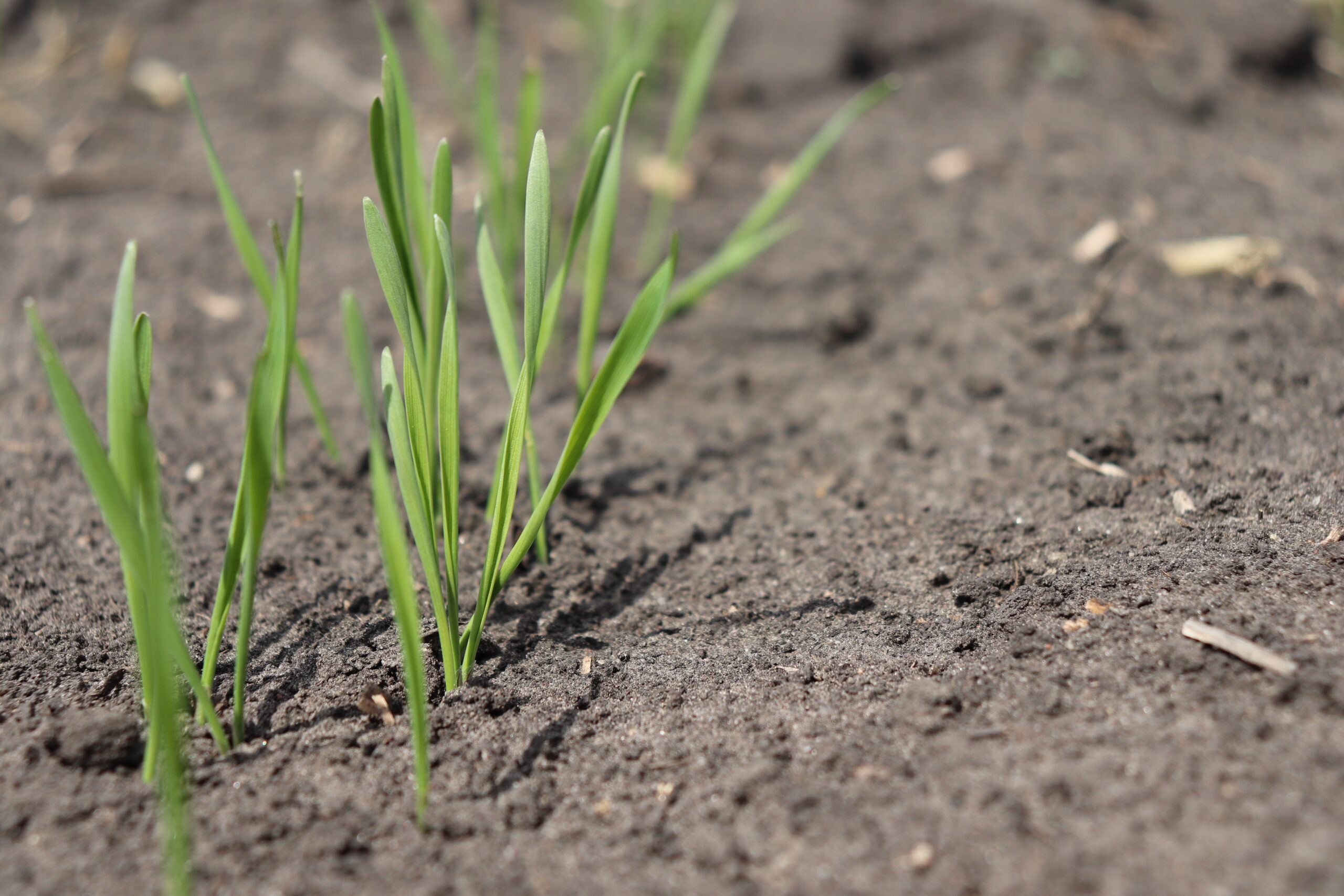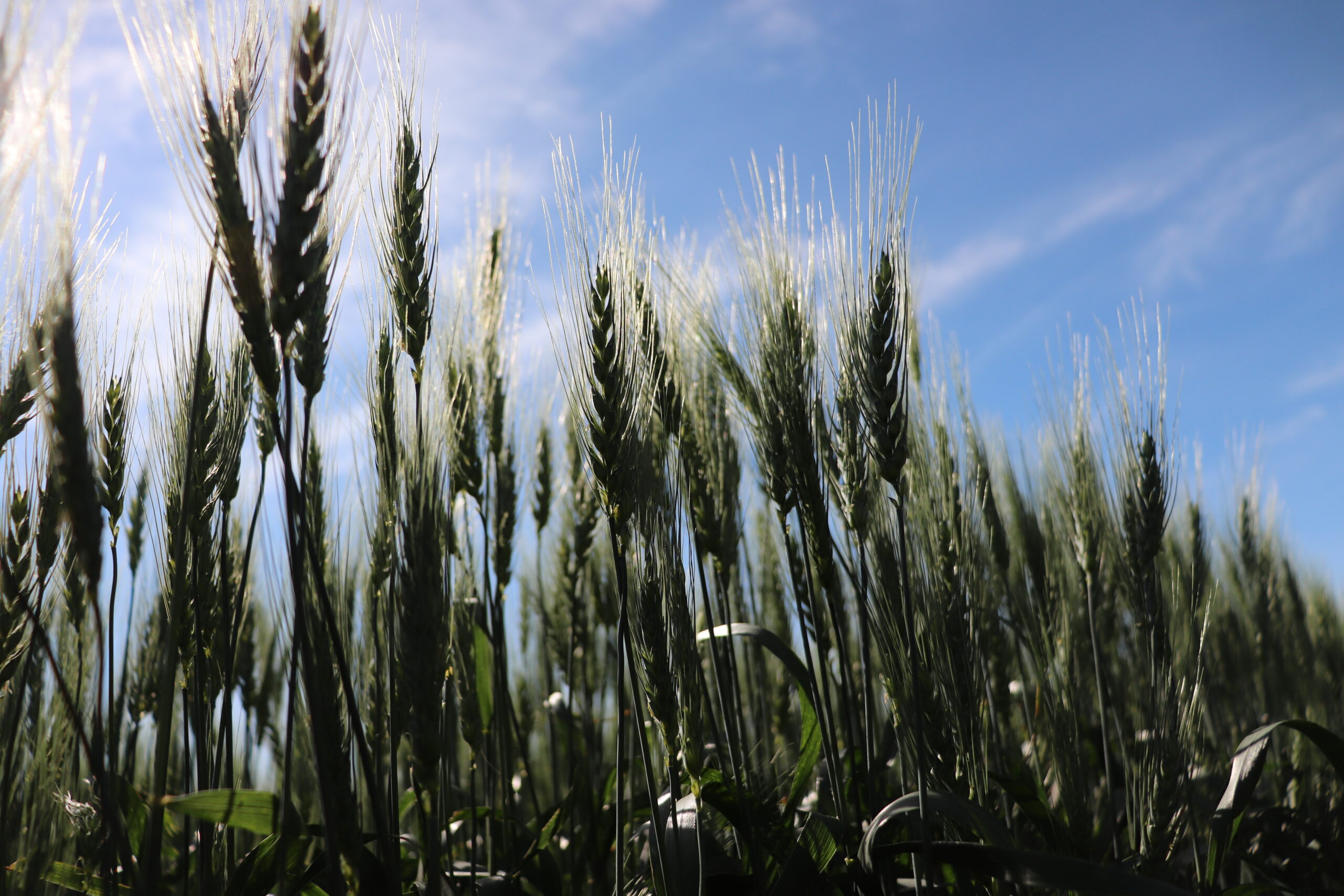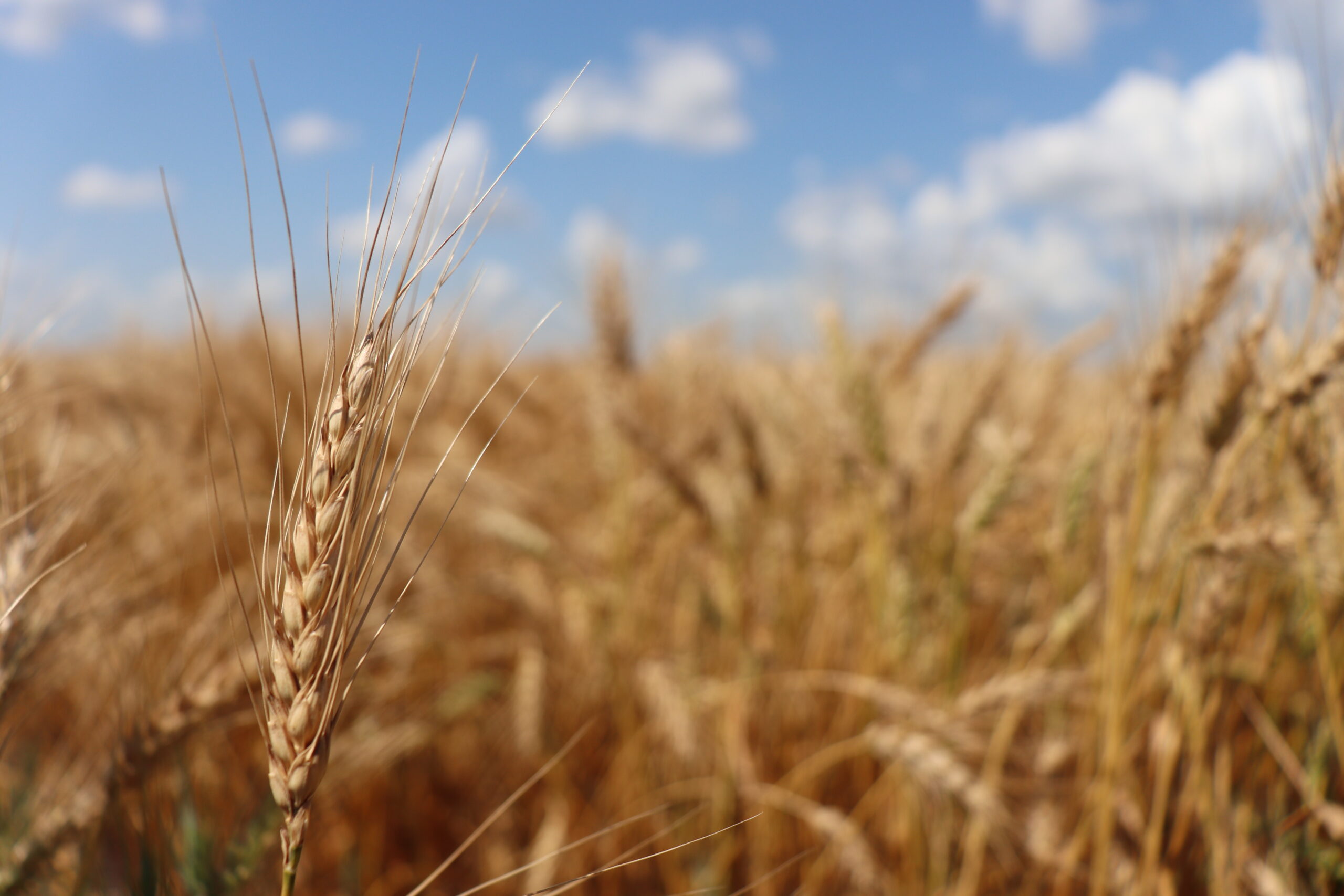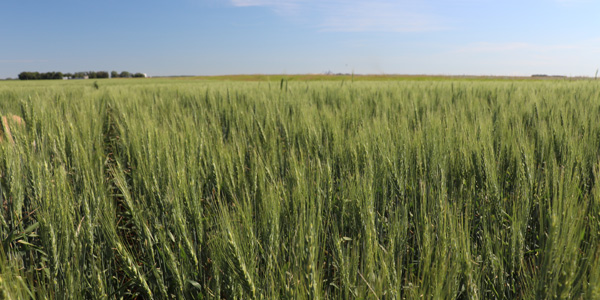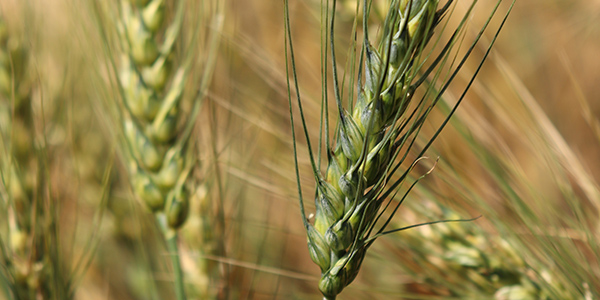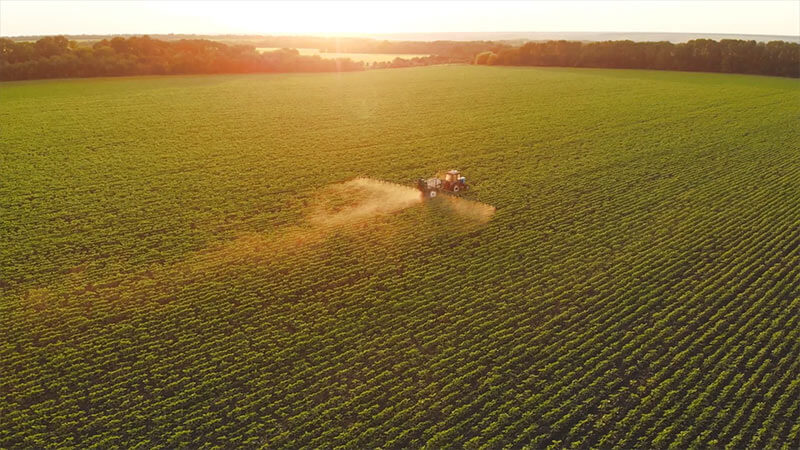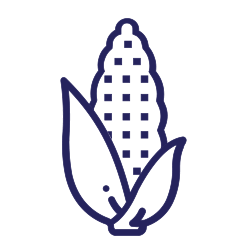Combining higher anthocyanin levels, enhanced quality, and improved disease resistance in the purple wheat
Crop Types
- Wheat
Collaborating Locations
University of SaskatchewanAnthocyanins are water-soluble phenolic pigments responsible for red, purple, blue, or even black colors in fruits, vegetables, grains, flowers, and other pigmented plant tissues. They are important components to be included in the human diet especially due to their roles in human health as antioxidant, anti-inflammatory, anti-diabetic and anti-cancer agents. Anthocyanin-pigmented grains such as purple or blue wheat contain comparable levels of anthocyanins to fruits and vegetables but since they have a longer shelf life represent an ideal source of anthocyanin consumption via functional ingredient development. In previous research projects the study group have increased the anthocyanin levels, milling and baking quality of purple lines up to a certain level. They have also stacked multiple durable disease resistance genes in other CWRS. The work under this project will now do the same for purple wheat.
Objectives
- Further enhancement of purple wheat quality.
- Expanding broad-spectrum disease resistance into purple wheat.
- Assess the anthocyanin and anti-oxidant levels in baked products of advanced high anthocyanin experimental lines.

